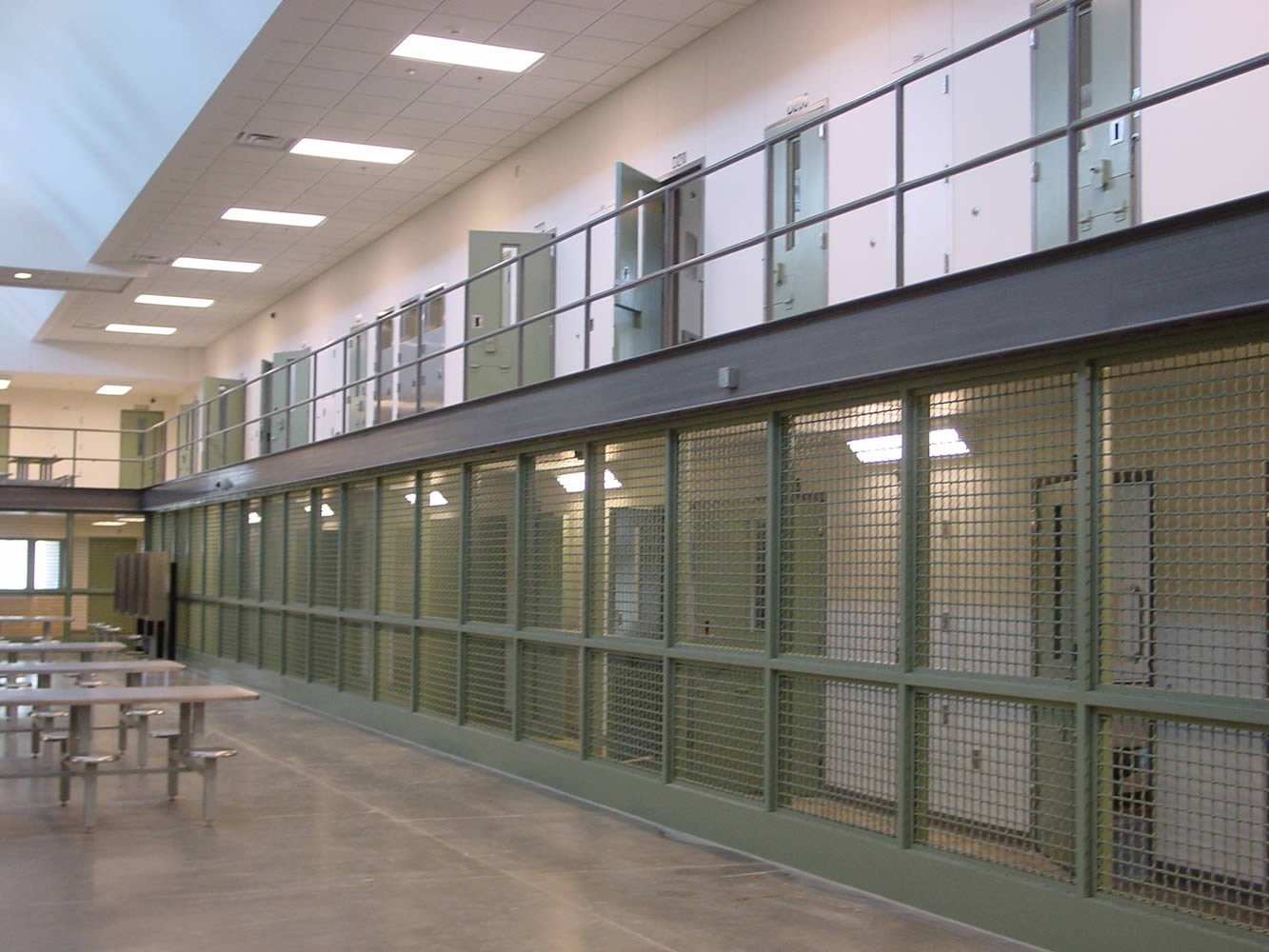By: Matt Davis, Desiree L. Fox, Ciara D. Hansen,, Ann M. Miller
Native people are disproportionately incarcerated in the United States. Several factors contribute: a history of federal oppression and efforts to erode Native culture, a series of federal laws that rejected tribal justice systems in place long before European contact, historical trauma that has a lasting impact on the physical and mental well-being of Native people, a complicated jurisdictional structure that pulls Native people further into justice involvement, and a deficiency of representation for the accused in tribal courts. Although people accused of crime in tribal courts are afforded the right to counsel, tribal governments are not constitutionally required to provide appointed counsel for the indigent. As a result, there are uncounseled convictions in tribal courts used against Native people in state and federal systems.
There are 574 federally recognized tribal governments in the United States, each with its own culture, sovereign government, justice system, and historical relationship with the United States government. For this reason, interventions meant to address over-incarceration of Native people should start at the tribal level. Tribes could impact disparity on a national level by providing supportive and restorative services for those involved in their own justice systems. Tribes could impact disparities by providing public defender services, in particular, holistic public defense that employs a restorative approach. A holistic model of public defense addresses the issues that contribute to people’s involvement in the criminal justice system and the collateral consequences to criminal charges and convictions. Providing services that address underlying needs results in improved life outcomes that predictably result in less criminal justice involvement. This article highlights the Tribal Defenders Office (TDO) for the Confederated Salish and Kootenai Tribes that has implemented holistic defense in a tribal setting.
Initially modeled after the Bronx Defenders, the Tribal Defenders holistic defense practice aligns with tribal values by going beyond the criminal case to view the accused as a whole person with a range of legal and social support needs that if left unmet will continue to push them back into the criminal justice system. Over the years, the Tribal Defenders’ team has worked to integrate into the community, listen to feedback from clients and the community, and refine the program accordingly. Through twelve years of integrated practice, TDO staff learned several lessons that have shaped their success: services come first, invest in culturally relevant research and services, listen to clients and the community, and adhere to cultural safety.
Although the article promotes holistic defense to the indigent as a solution to inequities facing justice-involved Native people, it also highlights other promising practices. Tribal systems have access to national organizations that support their efforts to address criminal justice challenges. There are tribal courts, victim services, probation departments, and reentry programs that have taken traditional, restorative principles and applied them in innovative ways to promote healing, wellness, and community safety.
United States, Safety & Justice Challenge. 2023. 23pg





















